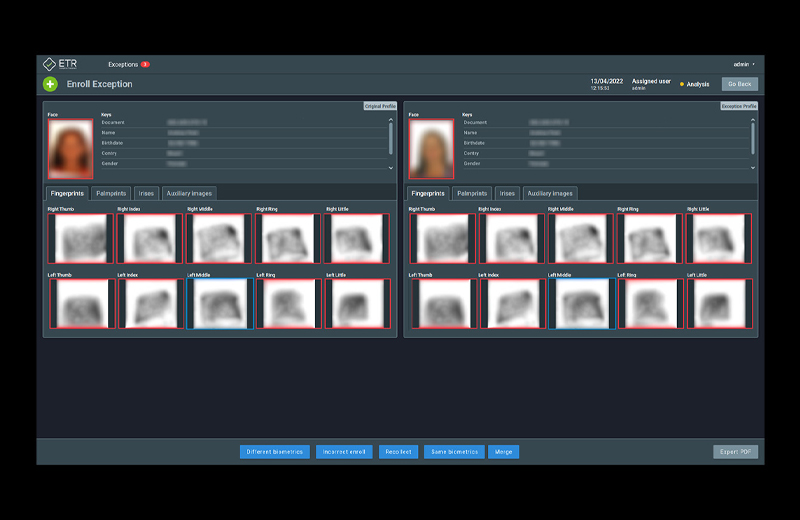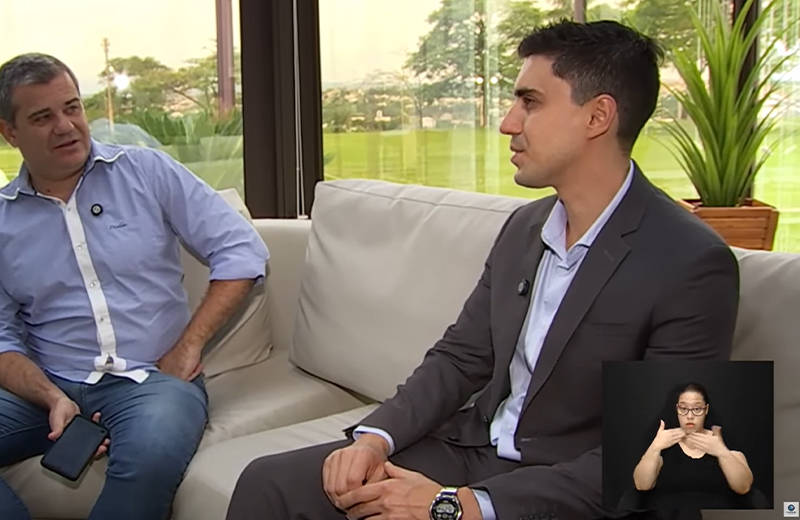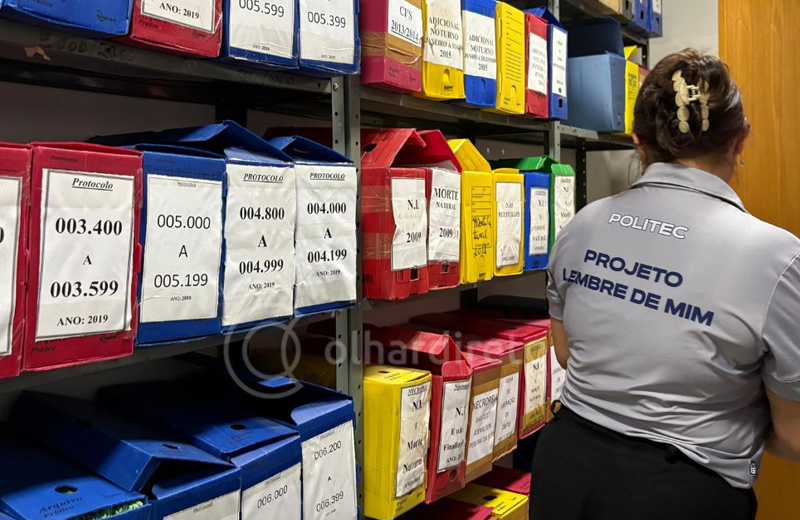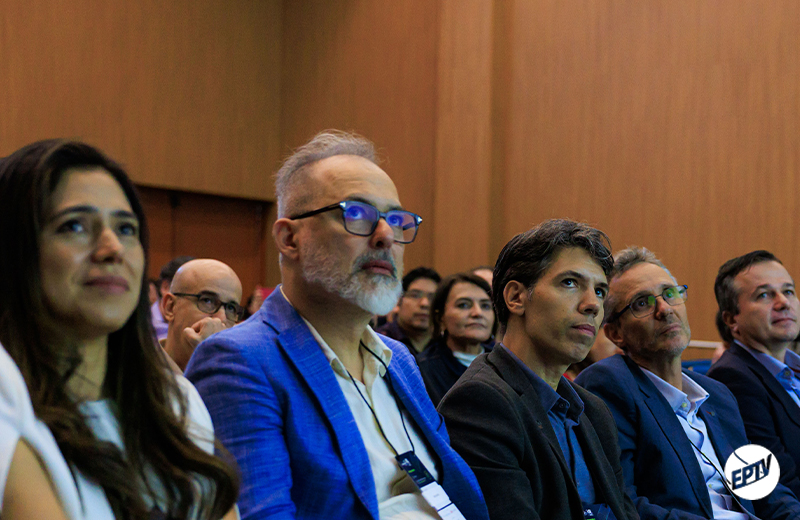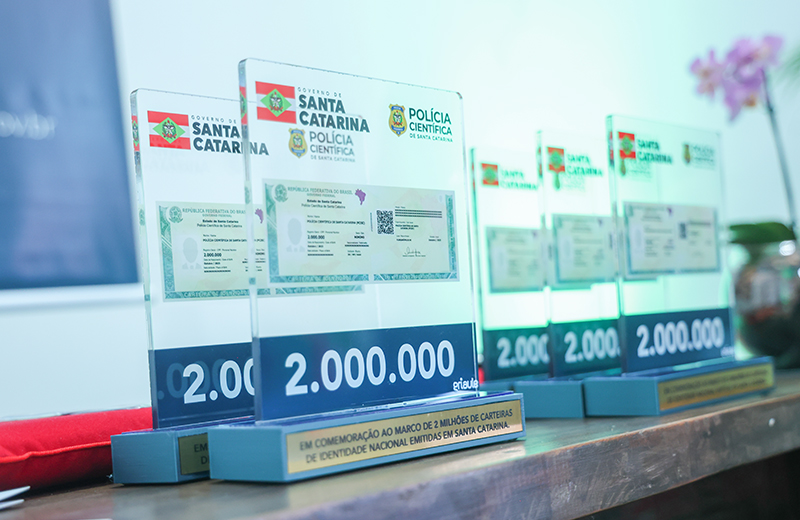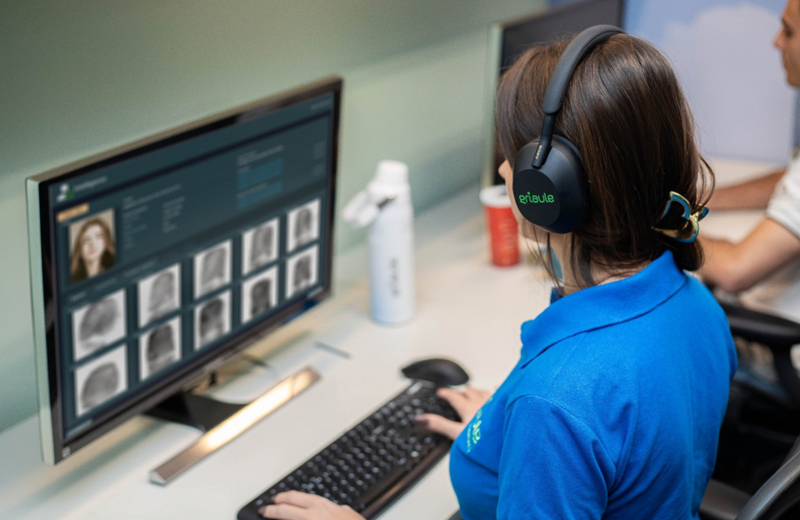In the next elections, more than 2,800 Brazilian municipalities will use biometrics to identify voters. According to data from the Superior Electoral Court(TSE), by July more than 87 million people had already registered their fingerprints.read more.
The TSE's goal is to complete the fingerprint registration of all the country's voters - more than 147 million people - by 2022. And to achieve this goal, the TSE has software developed by the startup Griaule Biometrics, which guarantees biometric comparison.
Griaule, the TSE's sole supplier, was created 16 years ago and consolidated its position with the support of the FAPESP Small Business Innovation Research Program (PIPE). It also received grants from the Financier of Studies and Projects (Finep) and the National Council for Scientific and Technological Development (CNPq).
João Pedro Weber, Griaule's project manager, says that the company was born in 2002, when its founder, electrical engineer Iron Calil Daher, moved from Goiânia to Campinas so that Griaule could be incubated at the State University of Campinas (Unicamp). "The proximity to the university allowed us to bring in great talent to make up the company's team," says João Weber.
Griaule was incubated between 2002 and 2005, a period which, according to the manager, was "essential for building a solid foundation" from both a technical and business point of view. The first PIPE project, carried out with the support of PIPE, was submitted directly to Phase 2 - the development of an innovative project. It began in 2004, with the aim of improving the automatic fingerprint identification system, a technology already marketed by the company at the time.
Recognition came quickly: in 2005, the company won the Finep Award for Technological Innovation, in the "Small Companies in the Southeast Region" category. A year later it gained international visibility by winning the Fingerprint Verification Competition with the fingerprint identification algorithm with the lowest error rate, standing out among 150 competitors.
The company also developed two more projects with the support of PIPE Phase 2, which helped it consolidate its position in the market: Detection and digital recognition of the human face, completed in 2009, and Voice recognition: speaker verification, completed in 2011.
Having started with five people, the company currently has around 40 employees, from trainees to post-doctorates, 60% of whom work directly with R&D on different fronts. Since 2007, it has set up a unit in the United States, initially in the state of California and more recently in West Virginia, in the city of Morgantown. "The unit has workstations, meeting rooms and space to accommodate servers running our solution on a large scale, contributing to sales and local support for the North American market, using the same model successfully implemented in the city of Campinas," says Weber.
According to Weber, the use of an open architecture, widely used by companies like Google and Amazon, also contributes to the success of the company's products. "In several institutions, both public and private, the biometric solution offered on a proprietary platform made customers entirely dependent on suppliers." The system offered by Griaule, on the other hand, gives customers greater autonomy and transparency over how the system works.
Fraud-proof
Griaule already has more than 4,000 customers in 70 countries. In Brazil, Griaule has a presence in several markets, such as the banking sector, where Diebold Nixdorf has integrated Griaule technology into the country's main financial institutions; in the digital certification and retail sector, with clients such as Serasa Experian; and in the civil identification segment, such as the Superior Electoral Court.
The software that the TSE acquired from Griaule - the result of more than a decade of research with the support of government funding agencies and Inova Unicamp, the university's innovation agency - has the capacity to store, validate and authenticate voters' biometric data. "It guarantees the uniqueness of the population's records with a view to eliminating fraud in the issuing of voter registration cards and in voting," says Weber.
Griaule's clients also include Caixa Econômica Federal - which uses the technology both in its service units and to control the system for transferring payments from the Bolsa Família social program - and Fundação Casa, which uses biometrics to identify children and adolescents who arrive at the institution without an identity document. At the Fundação Casa, in addition to the fingerprints on the 10 fingers of the hands, biometric records are made of photos, tattoos, scars and birthmarks.
Although the fingerprint recognition system is the company's flagship, Griaule also develops recognition software for face, iris, voice, palmar (checking the palm of both adults and newborns), as well as the so-called "latent search". Project manager Davi Gouvea Martins explains that latent research is the analysis of biometric fragments for forensic use. "Different types of fragments can be used in an investigation, such as fingerprints or palm prints, for example. The software compares these fragments with the database to identify the suspect," says Martins.
According to the experts at Griaule, each of the forms of biometric identification has advantages and disadvantages, depending on the usage scenario. "Iris and palmprint identification have high accuracy figures. However, the devices used to collect these biometrics are often invasive and expensive. Taking this into account, the fingerprint still offers the best cost-benefit ratio for implementing biometric systems," says João Weber. "As well as being well accepted, hardware manufacturers are managing to offer better and cheaper products," he says.
Davi Martins explains that Griaule has chosen to specialize in biometric identification software, which can be used on different types of hardware, not just for biometric collection, but also for information processing. In other words, fingerprint readers, cameras, servers and databases on the market.
With a focus on software, he has dedicated himself to developing increasingly "robust" algorithms and more secure systems, which are also capable of preventing fraud in biometric collection, such as the use of fake silicone or latex fingers. "The software identifies characteristics that cannot be reproduced by the fake finger, such as blood circulation and the refraction of light that occurs when the skin is illuminated," says Martins.
This excerpt is part of the full content published by the Pequenas Empresas & Grandes Negócios website on August 8, 2018, available at this link.



